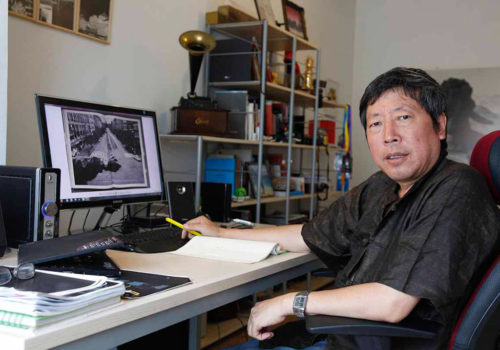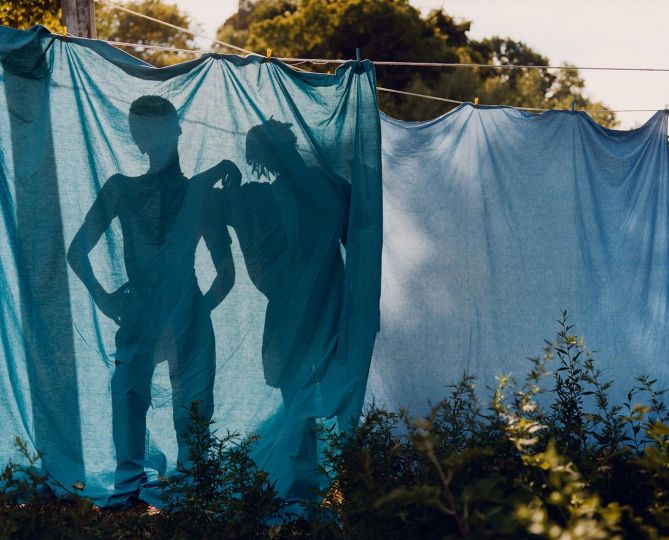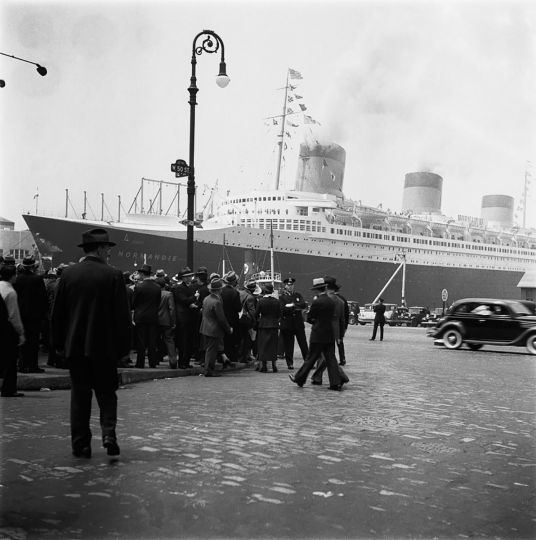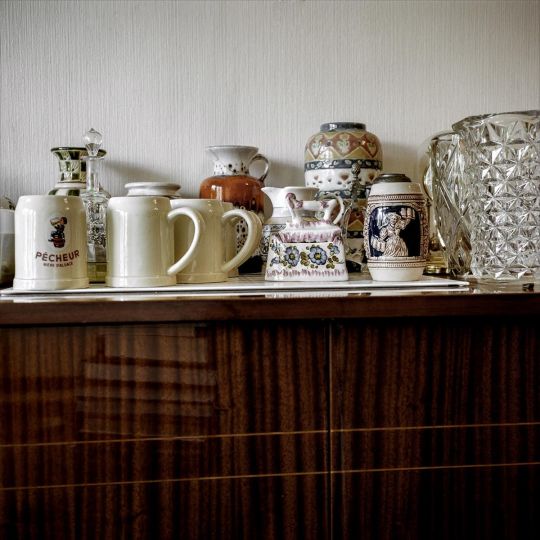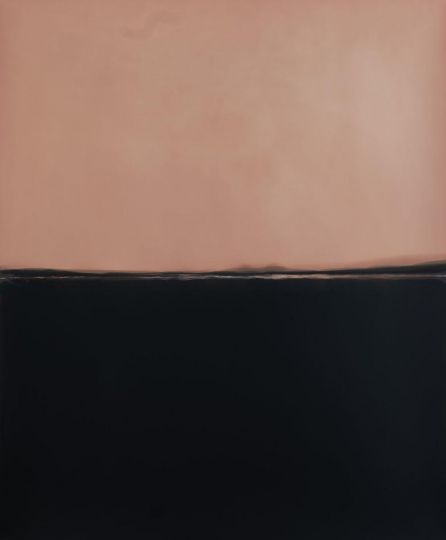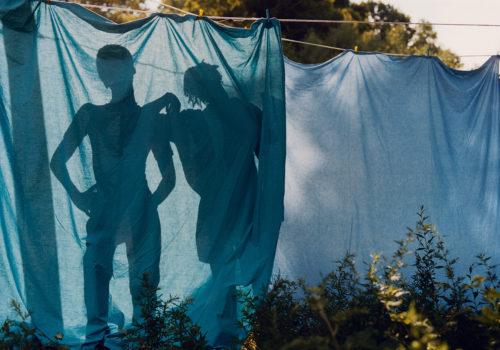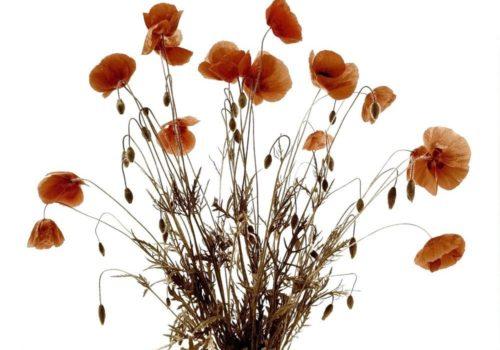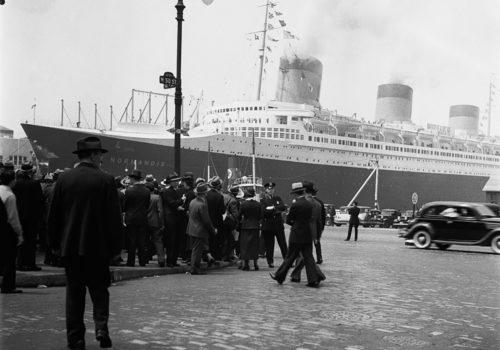On Friday 19th September, the 14th edition of the Pingyao International Photography Festival opens in this UNESCO world heritage city in China’s Shanxi Province with 400 exhibitions featuring more than 2100 photographers and thousands of images. Exhibitions are held throughout the ancient walled city, indoors and outdoors, bringing photography to an audience in excess of 100,000 and transforming unlikely spaces such as disused factories, into galleries.
Mr. Zhang Guotian has been the Festival’s director since 2008 and during this time he has seen an explosion of interest in photography in China, a trend that is becoming universal regardless of cultural mores.

